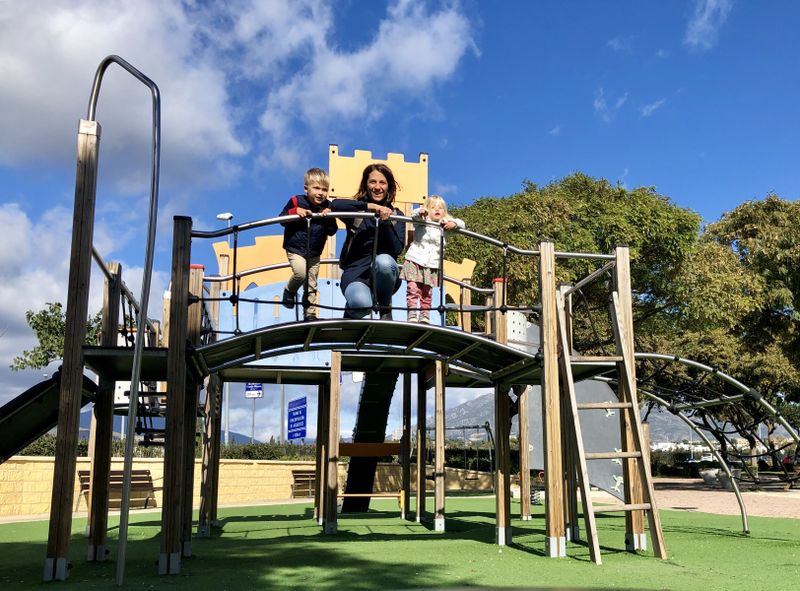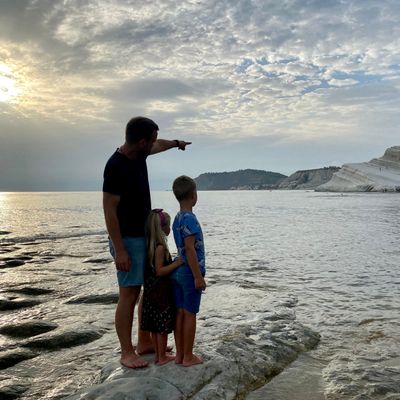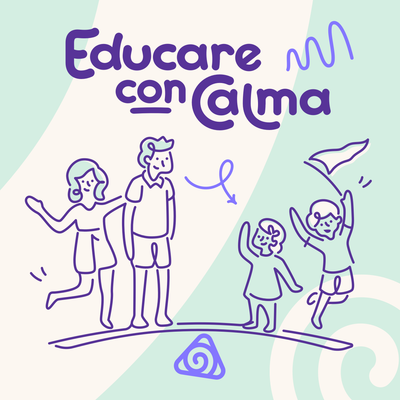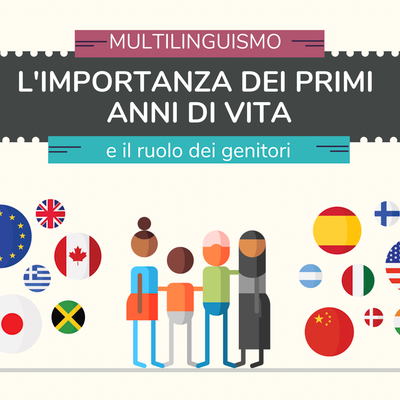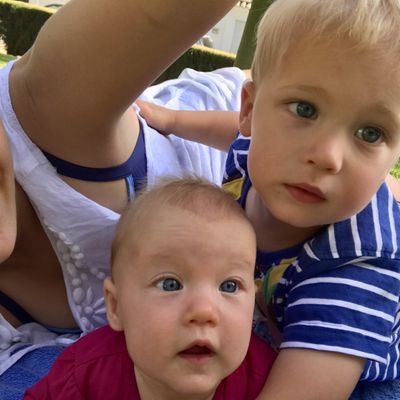Multilingualism in Montessori: another tool to educate towards peace
Back in May, while I was preparing my interview for the Congreso Online Montessori 2018, I reflected on how multilingualism can also be a tool to educate our children towards peace. And I realized something: I always wanted to give my children Italian and Finnish to be able to communicate with our respective Italian and Finnish families and people, but that’s not the reason why I wanted my kids to be multilingual.
The real reason (besides all the scientifically-proven benefits that multilingualism gives the brain) is that I know what it means to speak more languages fluently, but not being fully multilingual. I know what it means to not have learnt those languages from birth, and I struggled for years (and still do) to get to the level I am today, because only when I started speaking English fluently, could I start really learning the language.
Speaking a language is not just knowing the words and being able to put them together in the right order: a language is a window onto the culture behind the language, the geography of its country, the history of its people, their traditions, habits, even their way of thinking.
One day my friend Marisa said something that made a lot of sense to me: her daughter Bella (4) doesn’t just speak English and Spanish, she becomes English or Spanish according to the language she’s speaking. She’s quieter and more polite (according to her standards) in English and she’s louder and more chaotic in Spanish (we live in the south of Spain ;-).
This double, triple, quadruple “personality” is the reason why I’ll never stop motivating parents to expose their children to as many languages as possible from birth, and especially in the first six years of life, when children are geniuses at learning languages. Because when you learn a language from birth, you don’t just learn a new way of communicating, you acquire a new mother tongue and a whole new culture.
Maria Montessori’s main goal was to edcuate a generation of people who believed in (and lived for) peace. If we think about it this way, multilingualism can be yet another tool to educate the future generations, our children, towards peace.
Because here’s the thing.
Languages can be walls or bridges between cultures and by exposing our kids to more than one language from birth, we’re automatically exposing them to the cultures behind those languages, and giving them yet another tool to build bridges: it’s as if we’re wiring their brain to be more tolerant, more understanding, more respectful of the “different”; we’re giving them the tools to develop their full potential of social beings and become citizens of the world — the adults of tomorrow.

